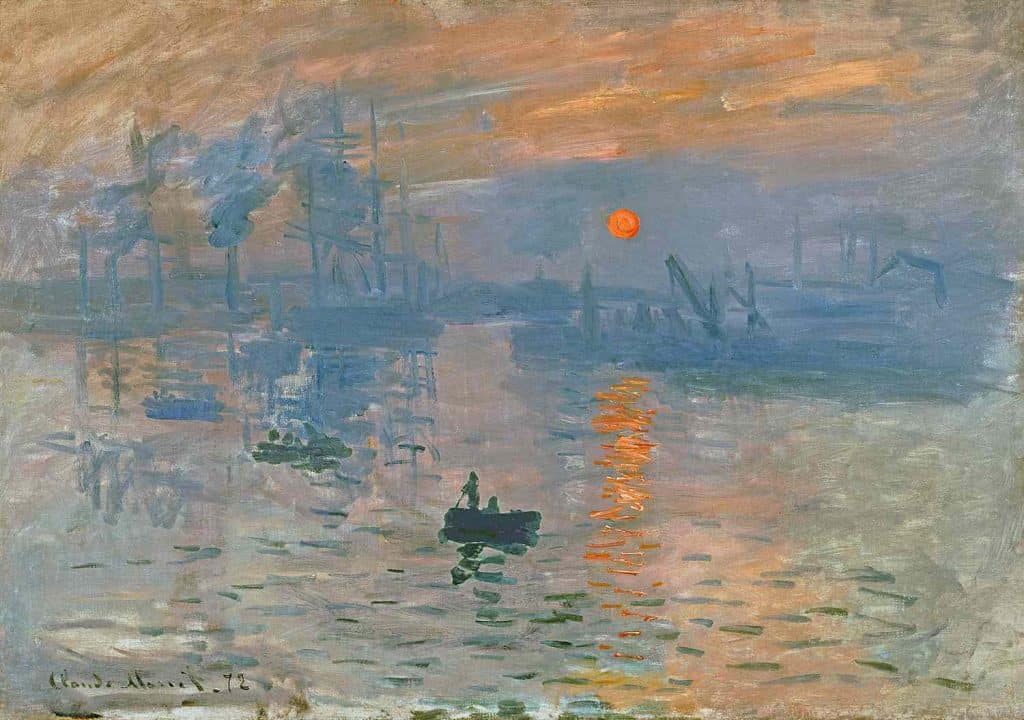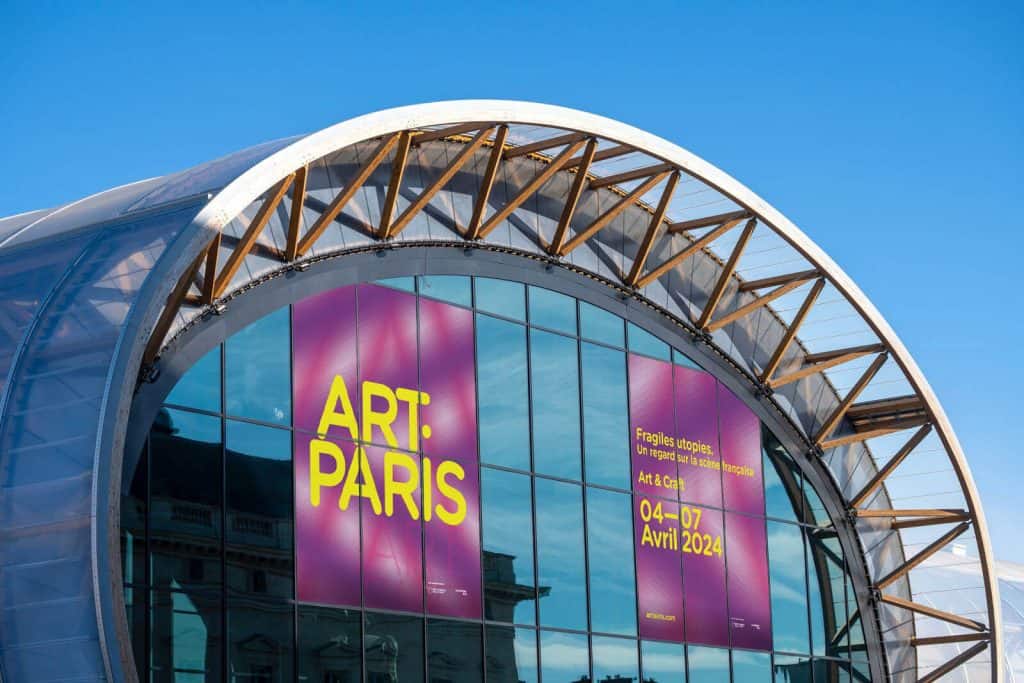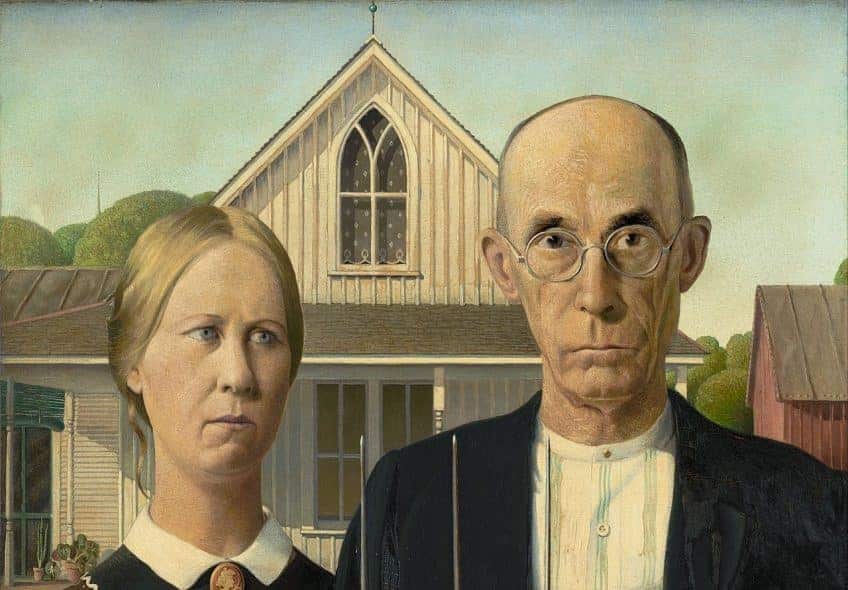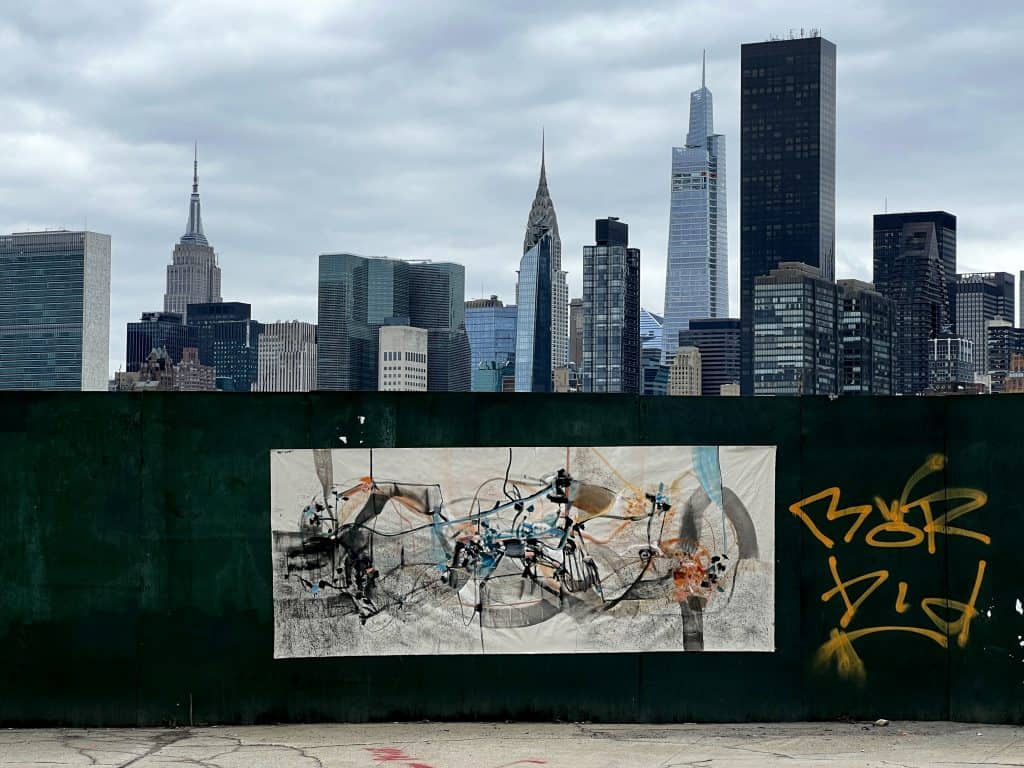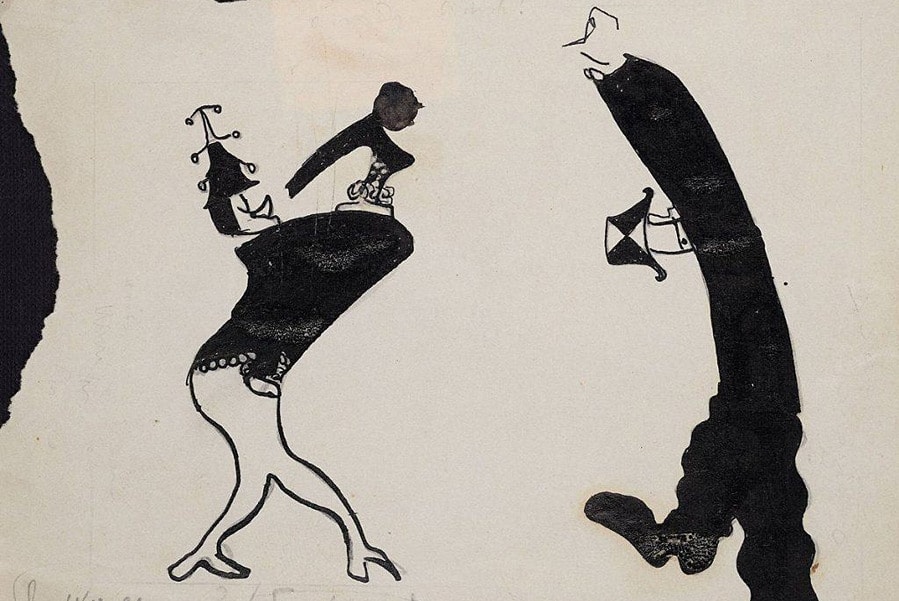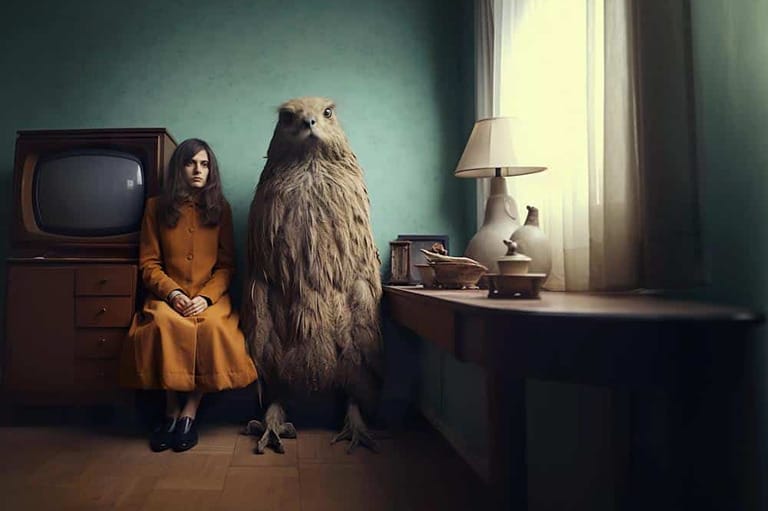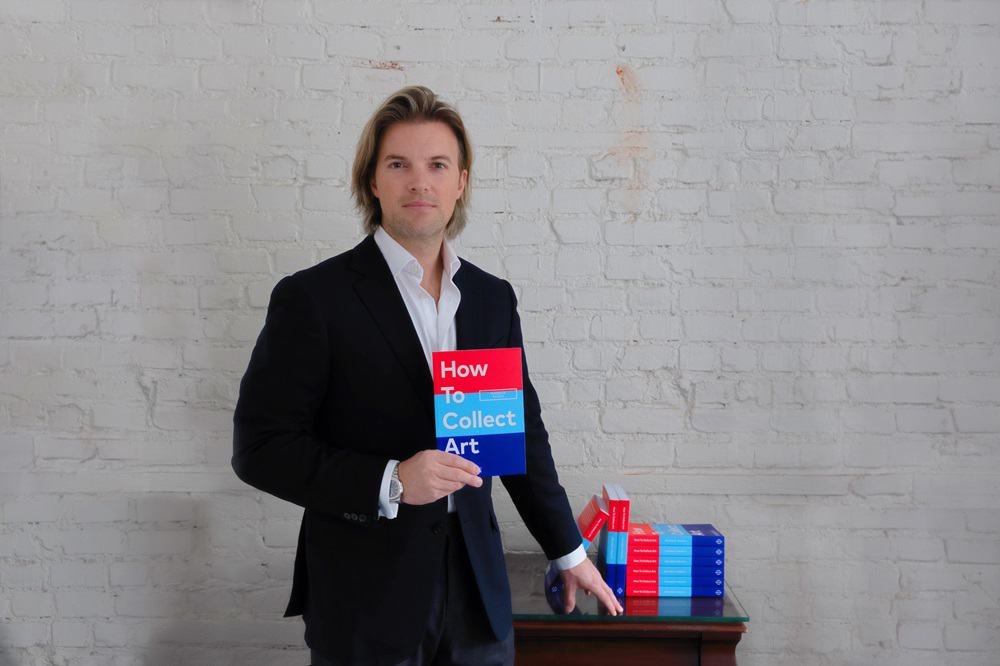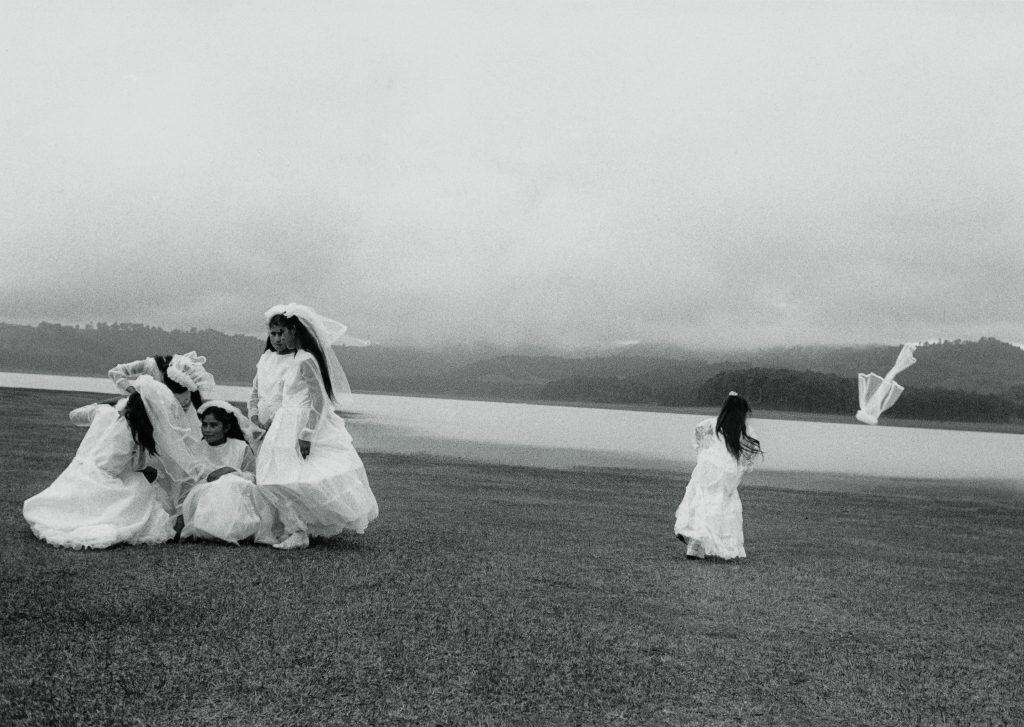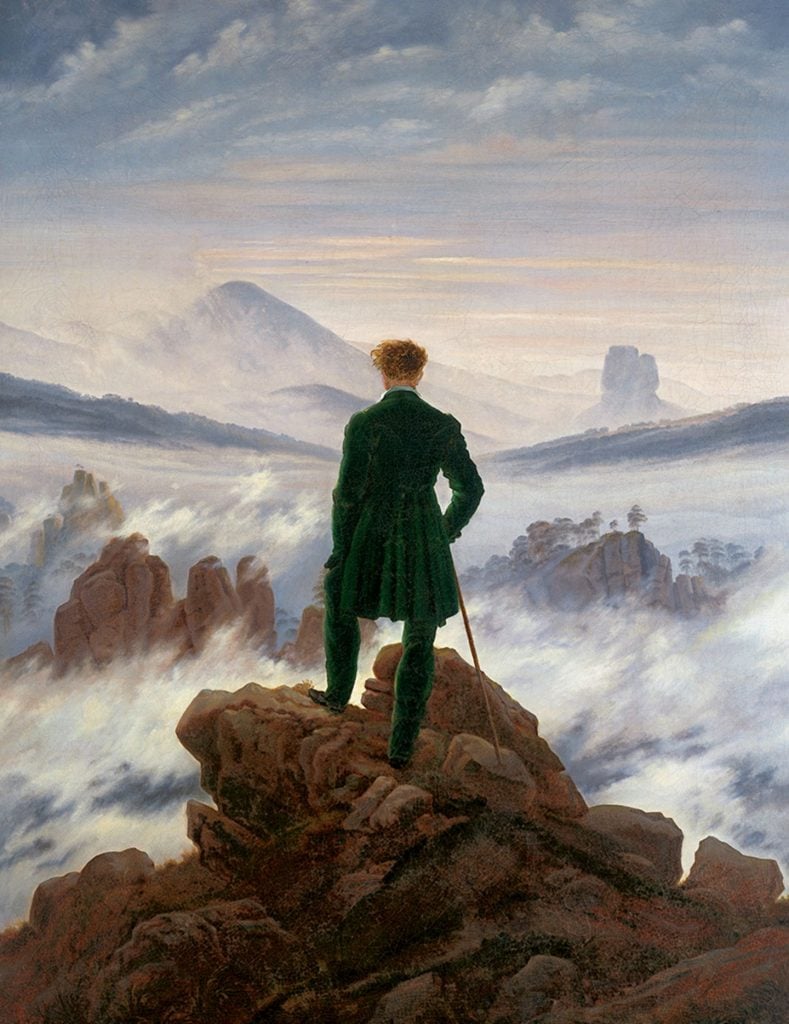Normally when I visit museums, I look at how the museum communicates with its visitors. When I go to a museum exhibition (or any other exhibition for that matter), I study the curatorial approach; how the wall texts or handouts are written, what materials are used. I study the lighting and try to see if there is both consistency and variation in the exhibition and the visitor’s flow through the gallery space. Does the museum offer seats where people can rest and contemplate, does it invite you to interact, or does it ask questions? Sometimes I even see all of these things before the actual artworks. This has almost turned into a routine for me, as I am always looking for inspiration.
However, when my boyfriend and I visited the small French museum Museé Bourdelle – un atelier musée in Paris this May, what I normally do while visiting museums was partly amputated. We had not prepared for the visit besides looking at the opening hours, and when we arrived we discovered that almost all wall texts, flyers, and handouts where written in French. Rapidly, we gave up on the French and decided just to explore the museum, the displays, and the artworks with an open mind and without reading.
Musée Borudelle is dedicated to the work of the, to me unknown, French sculptor, Antoine Bourdelle (1861-1929). Bourdelle was an assistant to Auguste Rodin for many years, and in 1885 he moved into 16, impasse du Maine, in Paris where the museum is now located. This place became his home and studio for more than 40 years. In the 1920s, he decided to preserve his apartment and workshop as a museum, and he even went as far as to imagine a museum display where each sculpture had its own place. However, the museum did not open until after his death in 1949.

After buying the ticket, the first thing you meet is a small, green courtyard with an enormous bronze sculpture of a horse in the very center and four monumental figures of heroic men and women guarding the four arches. The small size of the courtyard makes the sculptures seem even bigger and almost surreal between the trees and the red brick stone of the architecture.

One of the most striking places in the museum is the Great Hall designed by the architects Henri Gautruche and Michel Dufet in 1961. In the high ceilinged and naturally lit room, Bourdelle’s large cast models are all displayed beautifully arranged between the walls that have the same color as the statues. It almost gives you the same feeling as entering a church or a chapel. The monumental cast models with all their symbolism, grandiosity, gravity, and history overwhelmed us.

The museum has one big gallery space in the basement for temporary exhibitions where the Spanish Baspues fashion designer Cristóbal Balenciaga’s haute couture was displayed in the exhibition Balenciaga, working in black. Additionally, his dresses and jewelry was spread over the rest of the museum – I guess it’s a way for the museum to activate the permanent collection, by inviting curators to do this type of site specific fashion exhibition among Bourdelle’s work.

Entering Bourdelle’s studio in the original workshop building with large industrial windows, old beams and red bricks from the sunny courtyard is like entering another world. Our eyes had to get used to the rather dark room, which is filled with objects, old furniture, cast models, artist equipment, and sculptures. There was a special atmosphere in the room, and people lowered their voices and walked around quietly, as if the artist was there. The view to the green trees in the backyard through the large windows reminded me for a second of the beautiful view from the Giacometti gallery at the Danish museum Louisiana in Humlebæk. In addition, Alberto Giacometti visited this studio and was both a friend and a colleague to Bourdelle.

Musée Bourdelle gives a great insight into a sculptor’s life and work at the end of the 19th and the beginning of the 20th century. It slows you down in the buzzing city of Paris, where enormous museums like Louvre, Pompidou, and Musée d’Orsay easily astounds you. It offers a manageable and sensuous museum experience in the beautiful and historical architecture of Bourdelle’s former home and studio exuding authenticity and lived life – an atmosphere you can sense, even if don’t speak French and can’t read the wall texts.

